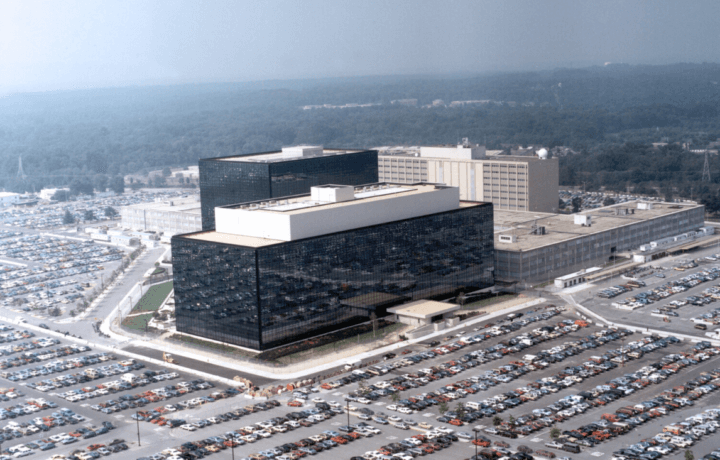COVID-19 is turning every workplace on its head, including the national security community. The U.S. Army and Air Force have already announced accelerating plans to make Top Secret telework possible. Now the National Security Agency is noting that it’s considering how even its workers could take advantage of telework options.
“It’s kind of become more of a standard for us to see how much we can actually do in a less protected environment to leverage our ability to work with some corporate partners who, in some cases, simply don’t have access to a SCIF but are fully cleared people,” said NSA CIO Greg Smithberger, during a recent webinar hosted by the Intelligence and National Security Alliance. “In other cases, we’re building a sort of a variation on this environment, where we’re going to be doing a lot more collaboration with people who don’t have clearances for the capabilities mission, for NSA’s cybersecurity mission, for our research.”
The move is an impressive one known for its stringent standards and requirements, and a propensity for doing all work on the most Top Secret network. The move to doing work differently at the NSA didn’t start with COVID – but like the Army and Air Force, it’s making it clear having different options, including secure cloud environments, is necessary.
Who’s Hiring: Fort Meade Stays Active
While hiring has slowed in some industries, that’s far from the case in the national security sector. The demand for cleared talent remains high, and defense employers like Parsons currently have dozens of Fort Meade positions they’re hiring for today. From configuration manager to network administrator, there are positions available.
In a recent interview with Parsons Chief Technology Officer Ricardo Lorenzo, he noted how Parsons has also responded to the pandemic by offering remote positions where available and flexible working arrangements in concert with federal government customers. Many employees are able to take advantage of shift schedules to classified work can get done in classified facilities, and non-classified work gets done on remote work days.
Apply for Fort Meade Positions with Parsons
Government and industry partners have been working together to ensure social distancing and safety, while also ensuring critical missions are accomplished. Smithberger noted one of the many shifts that has taken place post-COVID-19 is the change from in-person meetings to remote meetings – even for individuals in the office. NSA employees are taking meetings from their desks, a shift that could remain even after coronavirus concerns wane.
“Everything that we’re doing right now is in the nature of permanent change,” said Smithberger during the INSA chat. “If we stand it up, we intend to use it and use it on an ongoing basis.”
Those changes will impact how the IC works, and how they do business with industry partners. As secure cloud options become more prevalent, it’s likely there will be more opportunities for cleared contractors to support federal customers, and do so from remote work environments.
Smithberger noted that classified work itself would not likely be done in a telework environment, but one thing the past several years have shown is how much work isn’t necessarily classified. While operating on a Top Secret network used to be the default, particularly today, NSA employees are asking if they’re logging into a secure network to do secure work, or simply because it’s what they’re used to.
“It’s kind of become more of a standard for us to see how much we can actually do in a less protected environment to leverage our ability to work with some corporate partners who, in some cases, simply don’t have access to a SCIF but are fully cleared people,” he said.



